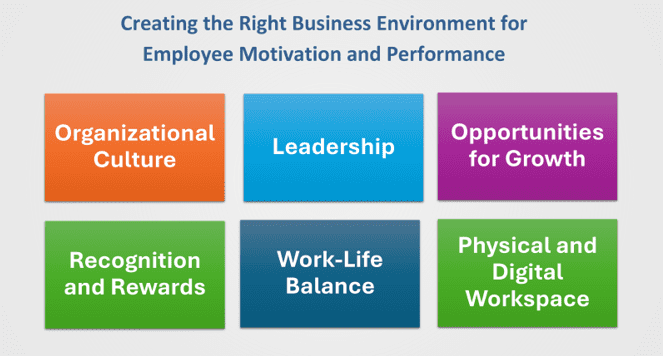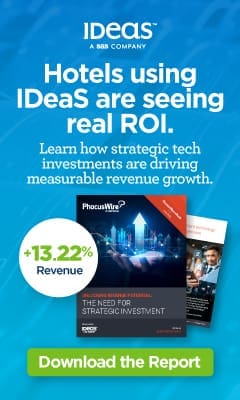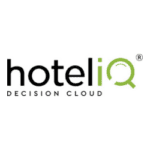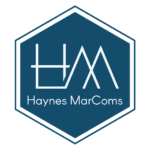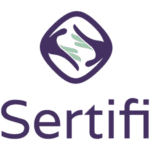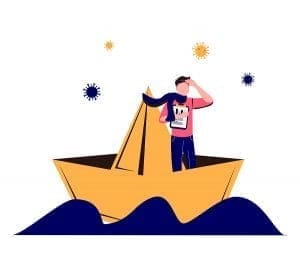 Any business, in hospitality, or other industries, invariably compete in multiple markets. While we may think the market is about getting customers or guests through the door, one crucial market that is often overlooked is the employment market. This is the business of finding, growing and keeping the right people for the job.
Any business, in hospitality, or other industries, invariably compete in multiple markets. While we may think the market is about getting customers or guests through the door, one crucial market that is often overlooked is the employment market. This is the business of finding, growing and keeping the right people for the job.
As hospitality is a service-based industry at its core, it’s our people, our employees who help shape the guest experience and keep those guests coming back. They form the biggest asset to the industry and that’s why it’s crucial to continue investing and growing your people.
An outside in vs. inside out strategic perspective
To start, let’s look at what businesses often focus on first – external factors that drive demand.
In a strategy sense, hospitality managers are concerned with the external environment, for example, major events are in town tends to indicate the level of demand at the hotel. A Friday night will generally mean more diners at a restaurant. Later in the year, office parties and end-of-year parties dictate more demand on function spaces. Likewise, managers look at the competition to determine if their pricing is competitive. Political news, exchange rates, consumer price indices all play a role in determining the competitiveness of the offer.
This outside-in perspective is only one way of looking at the strategic posture of one’s business.
The other perspective is to look inside out and this starts with people. When we take the inside-out perspective, we are recognising that our businesses are, at their essences, a collection of resources and capabilities. Some resources we can touch, such as the furniture. Whereas other resources are intangible, such as organisational knowledge, brand and so on.
Most physical assets get a place on the balance sheet because they cannot be ignored. The building, the plant, equipment and others are acquired by the business. Many of them require maintenance and they will be depreciated over time before their eventual disposal and replacement. Intangible assets, on the other hand, are hidden from view and often are not counted on the balance sheet unless they are tied up or obscured under ‘goodwill.’
People at the centre
‘Human capital’ is an organisational resource and capability. It is the most valuable intangible asset and yet it is often overlooked. Our people must be invested in, protected and maintained like any other asset in order to keep and grow talented employees.
The first step is recognising that your employees are not static assets. Employees evolve, learn, and have the potential for improvement. They can learn to love certain aspects of their roles or they can do the opposite if they are disengaged. If we limit our view to the traditional perspectives of ‘human capital’, it will enable the person to do their basic job and no more.
A wider perspective on human capital is that employees can not only do their job, but also learn new skills and apply those skills to improve their performance. This could mean exploring new aspects of the job and empowering them to go beyond.
So, what can you do to build and empower your team?
There are many ways to help set your employees up for continued future success and growth. It’s also becoming simpler and more accessible to do so. For example, here at the Blue Mountains International Hotel Management School, we’ve offered a variety of options to help build human capital.
Our suite of on-demand short courses helps to upskill employees in short, bite-sized chunks of learning. They can stack and build toward formal qualifications in hospitality, culminating in a bespoke MBA.
Human capital, employees – our people. They are the cornerstone of our industry as they bring the heart and soul into what we do, every day. By investing in this invaluable resource, building and expanding their capabilities, we will no doubt see tremendous return.
About the author
Justin Pierce is Director of Innovation, Industry & Employability at Blue Mountains International Hotel Management School.


